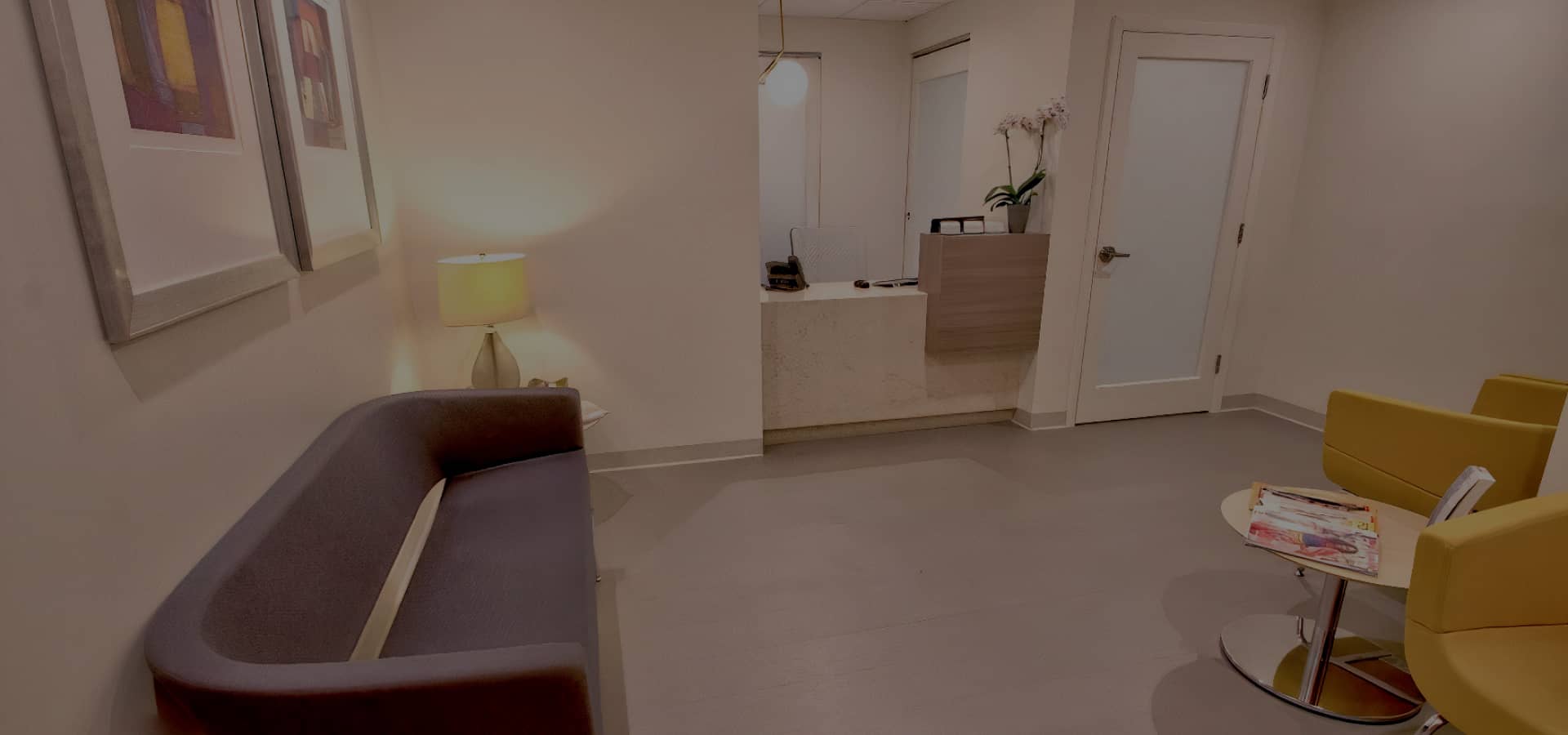Breathe in, breathe out. It’s something we do without even thinking. But for those who have undergone a rhinoplasty procedure and are still struggling with breathing difficulties or structural issues, every breath can feel like a struggle. That’s where revision rhinoplasty comes in. In this blog, we will delve into the functional benefits of revision rhinoplasty, uncovering how this transformative procedure can not only improve nasal function but also bring much-needed satisfaction to those seeking relief. So, let’s take a deep dive into the world of enhanced nasal function and discover how revision rhinoplasty can revolutionize your breathing experience.
Improvement of Nasal Breathing
Addressing Persistent Obstruction Issues
Persistent nasal obstruction can significantly impair nasal breathing and quality of life. Fortunately, revision rhinoplasty procedures can effectively address the complications from previous nasal surgeries that might be causing such obstructions. By meticulously evaluating the nasal passages and pinpointing the blockages, surgeons can restore nasal functions that were compromised. This proactive approach targets the internal structure of the nasal airways to alleviate obstruction, bringing a much-needed improvement to nasal breathing.
Refinement of Previous Surgical Work
Often, the intent behind a previous rhinoplasty might have been cosmetic, with less emphasis on the impact on nasal breathing. However, revision rhinoplasty balances aesthetics with the optimization of breathing function. It refines the outcomes of the original rhinoplasty by rectifying any structural or functional anomalies that impede airflow through the nasal passages. Improved breathing post-revision not only alleviates breathing issues but also enhances overall well-being. The focused nature of these adjustments aims to reinforce the integrity of nasal structures and functionality, ensuring a lasting resolution to breathing difficulties encountered post-initial nasal surgeries.
Correction of Nasal Structure Irregularities
Reconstructing Previously Over-Resected Areas
Revision rhinoplasty surgery often addresses the challenge of reconstructing over-resected areas from previous nose surgeries. Nasal tissues that have been excessively reduced can lead to both functional and cosmetic defects. Surgeons employ advanced techniques to build up the deficient areas, often using cartilage grafts taken from other areas of the body. This restoration balances nasal structures, required for not just aesthetic enhancement but also to ensure proper nasal function.
Enhancing Nasal Symmetry
A crooked nose not only affects facial features aesthetically but might indicate underlying structural issues. Revision nose surgery aims to realign the nasal bones and soft tissues, enhancing facial symmetry. Our goal is to correct imbalances caused by initial surgery or trauma, thus harmonizing the nose with the rest of the facial features. By meticulously reshaping the nasal structures and adjusting the nasal bones, revision rhinoplasty can transform a crooked appearance into a more natural and symmetrical look.
In both reconstructive scenarios, the plastic surgeon’s experience with revision procedures and a deep understanding of the delicate interplay between various nasal components are crucial for successful outcomes. Whether enhancing nasal symmetry or reconstructing after previous surgery, every move is executed with precision, considering both the functional and cosmetic ramifications of revision rhinoplasty.
Realigning Deviated Septum
Restoration of nasal functions often begins with addressing a deviated nasal septum, which can severely obstruct the nasal cavity and lead to difficulty breathing. This condition is common after a broken nose. Nasal surgery, specifically septoplasty, aims to straighten the septal cartilage and sometimes bone to open up the airway for functional improvement. Septoplasty may be purely functional or combined with cosmetic changes in a procedure known as revision rhinoplasty surgery. In cases where significant support is needed, rib cartilage may be harvested to reinforce the nasal structure.
Repairing Turbinate Dysfunction
The turbinates play a critical role in controlling airflow and humidifying the air we breathe. After injury, enlarged turbinates can lead to obstruction and chronic nasal congestion. Repair strategies involve precise nasal surgery targeting the dysfunctional turbinates to reduce their size and restore normal airflow. Preservation of the mucosal tissue is crucial to maintain the necessary humidification of the air passing through the nasal cavity. These surgical interventions focus on reinforcing the framework of the nasal functions while improving the patient’s overall quality of life through restored breathing capabilities.
Optimization of Internal Nasal Valves
Increasing Airflow Efficiency
Efficient nasal airflow is crucial for respiratory health, and optimizing the internal nasal valves is key to achieving it. In revision rhinoplasty, careful attention to the structure of the nasal cavity fosters better air passage. By enhancing the strength and functionality of this area, patients experience relief from nasal blockage and improved breathing.
Techniques for Valve Stabilization
Surgical techniques in revision nose jobs must prioritize the reinforcement of the nasal valve. Stabilization often involves the use of grafts, especially cartilage grafts, ingeniously placed to support and widen the valve. These grafts are sourced either from the septum or, if necessary, from ear or rib cartilage. The goal is to create a more robust structure without impeding nasal airflow. Specifically, in a revision surgery, achieving successful valve stabilization not only ameliorates existing issues but also prevents future complications.
Management of Sinus Complications
Alleviating Chronic Sinusitis Symptoms
Revision rhinoplasty surgery not only enhances the aesthetic appeal of the nose but also aims to address functional concerns, including the relief of chronic sinusitis symptoms. By restructuring the nasal passages, we improve airflow and facilitate the clearance of sinus blockages. An individual suffering from chronic sinusitis may find substantial relief post-surgery, as the revision surgery helps correct the underlying issues that contribute to the persistent inflammation and infection of the sinuses.

Improving Sinus Drainage Pathways
Secondary rhinoplasty goes beyond cosmetic modifications, focusing also on the functional restoration of the nasal structures. For patients with compromised sinus drainage pathways, revision rhinoplasty can be a vital procedure to reconstruct and enhance the nasal anatomy. By carefully reshaping the nasal passages and, if necessary, inserting a nasal splint, surgeons ensure that the sinus can drain effectively, which is crucial for long-term health and the prevention of future sinus-related complications. This targeted approach in sinus management asserts the dual benefits of rhinoplasty—restoring both form and function.
Enhanced Olfactory Senses
Re-establishing Smell Functionality
Enhanced olfactory senses can dramatically improve quality of life. Revision nose job goes beyond cosmetic enhancement, addressing functional issues to restore the sense of smell. Nasal obstructions or complications from a previous nose job may impede the natural airflow, affecting olfactory performance. By correcting these problems, rhinoplasty can pave the way for heightened smell functionality.
The procedure may involve altering nasal structures that contribute to the sense of smell. For instance, nasal packing, essential for healing, can induce temporary smell loss and dry mouth. However, a revision can fine-tune these interventions, helping patients recover their vital nasal functions post-operatively. Each rhinoplasty is a step towards a fuller sensory experience, potentially transforming a person’s interaction with their environment.
Relief from Snoring and Sleep Apnea
Impact on Sleep Quality and Health
A successful revision rhinoplasty helps patients breathe easier at night, offering significant relief from snoring and Sleep Apnea. Clear nasal passages are crucial for steady breathing, and rhinoplasty adjusts the structure of the nose to facilitate this. Improvements in airflow can lead to a dramatic enhancement in sleep quality.
Patients often report a marked difference in their quality of life post-surgery. With less interruption in their sleep, individuals experience more restful nights and more energetic days. Avoidance of sleep apnea reduces risks associated with this condition, such as heart issues and daytime fatigue. After the procedure, adherence to post-operative care, like wearing a nasal cast and applying ice packs, ensures healing progresses without complication.
It’s important to avoid heavy lifting and follow your surgeon’s guidance for a swift recovery. A well-repaired nose not only improves the look of your face but also restores function, potentially transforming your overall health.
Long-term Health Benefits of Revision Rhinoplasty
Revision rhinoplasty offers a spectrum of long-term benefits that extend beyond mere physical corrections, encompassing both sustainable respiratory health and significant psychological improvements.
This procedure is pivotal not only for aesthetic refinement but also for preventing future nasal deterioration. By addressing underlying structural issues, it fortifies the nose against potential collapse or functional decline, ensuring its long-term integrity. The enhancement in nasal breathing and reduction of chronic breathing issues contribute to a marked improvement in overall respiratory health. Patients experience the profound benefits of clear, unimpeded breathing, which is essential for maintaining robust physical health over the years.
Simultaneously, the psychological and emotional impacts of revision rhinoplasty are equally transformative. Patients often report a surge in self-confidence as their external appearance becomes more aligned with their internal self-perception. This boost in self-esteem is a critical aspect of the surgery’s success, fostering a stronger sense of self and well-being. Additionally, the reduction in social anxiety, stemming from an enhanced facial appearance, can lead to more comfortable and engaging social interactions. The ability to feel at ease in various settings, free from concerns about nasal appearance, can significantly improve one’s quality of life.
In essence, revision rhinoplasty is not just a surgical procedure; it’s a step towards a revitalized life, offering a harmonious blend of physical and emotional health benefits. These improvements collectively contribute to a more fulfilling and confident lifestyle, underscoring the comprehensive nature of the benefits that this surgery can provide.
If you’re experiencing any of the functional issues outlined above, don’t hesitate to take the next step towards a healthier, more comfortable life. Dr. Bared is an expert in revision rhinoplasty, dedicated to enhancing your well-being with results tailored to your unique needs.
Embrace the opportunity for improved breathing, sleep quality, and overall nasal health. Schedule a consultation with Dr. Bared today and begin your journey to a refined appearance and a revitalized life.

